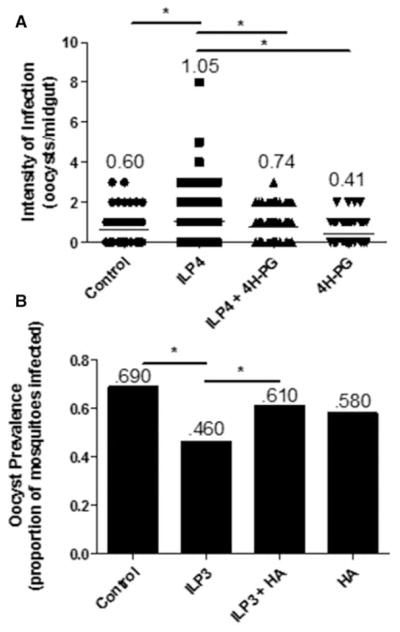Figure 6. ILP-mediated metabolic shifts control P. falciparum infectivity in A. stephensi.
Cohorts of A. stephensi were pretreated with water alone or water supplemented with inhibitors of metabolism for 24 h and then fed a P. falciparum-infected blood meal supplemented with 170 pM ILP3 or ILP4 or supplemented with an equivalent volume of ILP diluent. Ten days later, midguts were dissected and stained for visualization of oocysts to determine the prevalence of infection (percentage of mosquitoes infected) or intensity of infection (number of oocysts/midgut). (A) Mosquitoes were pretreated with 1 mM 4H-PG to inhibit β-oxidation or (B) 10 μM HA to inhibit GAPDH. Experiments were independently replicated with 3–4 cohorts of 60–90 mosquitoes each. Infection prevalence and intensity data were analyzed by χ2 goodness-of-fit test and nonparametric ANOVA (Kruskal–Wallis) followed by Dunn’s multiple comparisons test, respectively, to determine differences between groups. *P-values were deemed significant when P ≤ 0.05.

